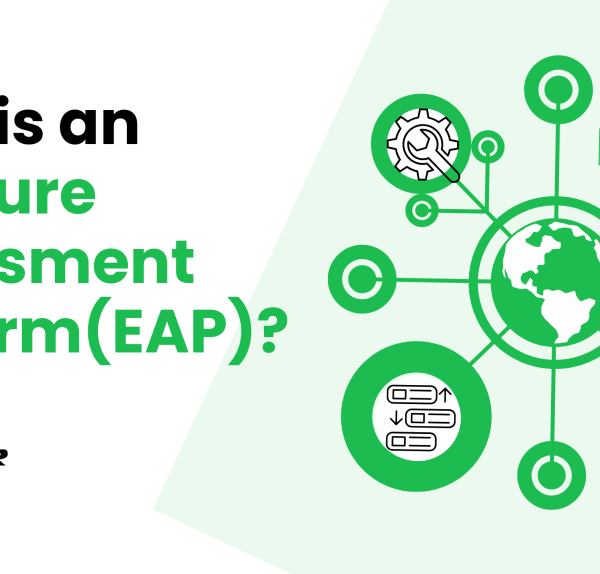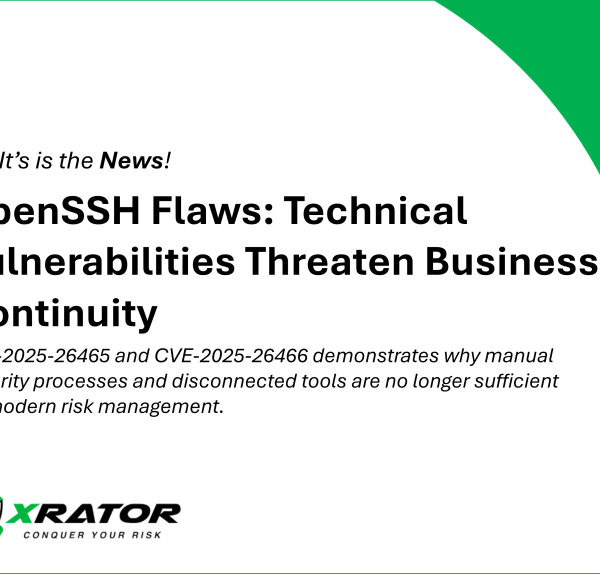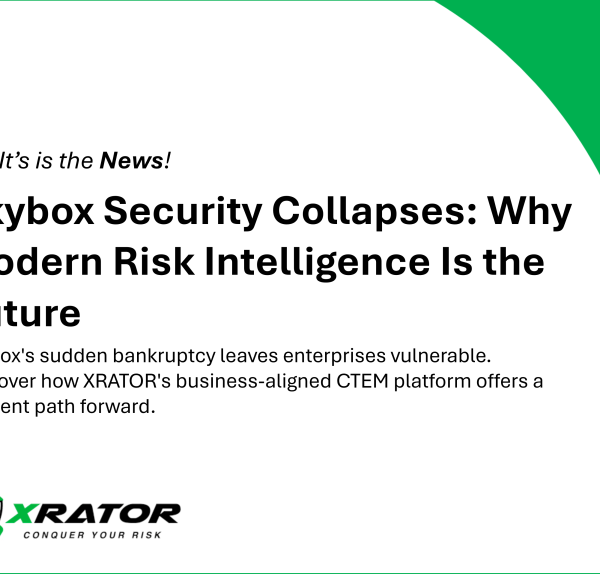The The 2024 NCSC Annual Review (UK’s National Cyber Security Centre) paints a stark picture of the evolving cyber threat landscape, with artificial intelligence (AI) emerging as both an opportunity and a profound challenge. AI is reshaping the dynamics of cyber operations, empowering defenders with advanced tools while simultaneously enabling attackers to launch more precise, scalable, and sophisticated threats. For defenders, the integration of AI into cyberattacks represents a fundamental shift, accelerating the pace of threats and demanding an equally advanced, proactive approach to counteract them.
Actionable Insights for CISOs
For CISOs, the 2024 NCSC Annual Review offers clear takeaways:
- Embrace AI for Defense: Invest in AI-driven tools for threat detection and response to keep pace with attackers.
- Reassess Risk Models: The increasing sophistication of AI requires a re-evaluation of traditional risk assessments to account for automated, high-scale threats.
- Collaborate on Standards: The NCSC’s focus on secure AI development underscores the importance of industry-wide collaboration to establish robust frameworks.
AI: The Double-Edged Sword in Cybersecurity
The report emphasizes that while AI holds transformative potential for defense, it has rapidly become a critical enabler for cybercriminals and nation-state actors. The use of generative AI—capable of creating text, images, and even voice mimics—has amplified the sophistication of phishing and social engineering attacks. This development marks a new phase of efficiency and scalability in cyberattacks, where identifying malicious intent becomes significantly harder for defenders.
Additionally, AI tools are accelerating the reconnaissance phase of cyber operations. Automated systems can now analyze vast datasets to identify vulnerabilities at a speed previously unimaginable. According to the NCSC, this compression of the “recon-to-attack” timeline creates unprecedented pressure on organizations to maintain up-to-date defenses.
The “recon-to-attack” timeline represents the critical period between an attacker identifying vulnerabilities and launching an exploit. As AI tools increasingly enable attackers to perform reconnaissance at scale and speed, the window for defenders to respond is shrinking dramatically.
For CISOs, this timeline must become a focal point because it determines the effectiveness of both preventative and reactive strategies. Failure to address this gap means leaving the organization vulnerable to advanced, high-speed exploits that can bypass traditional defenses. Prioritizing measures such as automated threat detection, threat exposure management, and robust patching protocols is essential to mitigate this risk. Without a proactive stance, organizations risk falling prey to attacks that exploit their lack of real-time visibility and agility.
A Shrinking Window for Defense
The narrowing gap between exploit discovery and patch deployment underscores a fundamental shift in the threat landscape. Attackers are leveraging AI to identify and exploit vulnerabilities almost instantaneously, leaving organizations with little time to react. This development exposes the limitations of reactive security measures, which are no longer sufficient in this accelerated environment.
For CISOs, the challenge is clear: traditional patch management cycles must be augmented with real-time vulnerability assessment and mitigation. Predictive capabilities, such as AI-driven threat modeling and automated patching workflows, are essential to counter this dynamic. Organizations that fail to adopt such proactive strategies risk becoming easy targets for exploits that move faster than their defenses can respond.
Geopolitics and AI: A New Dimension
The 2024 NCSC Annual Review also warns about the geopolitical implications of AI-driven cyber threats. State-sponsored actors with advanced AI capabilities are expected to develop more sophisticated attack methods, including tailored misinformation campaigns and automated intrusion tools. This raises the stakes for critical national infrastructure, which is increasingly under threat from both espionage and potential sabotage.
Figthing against the “recon-to-attack” shrinking timeline
Exposure Assessment Platforms (EAPs), such as XRATOR, are crucial in addressing the shrinking “recon-to-attack” timeline. By providing continuous visibility into an organization’s digital assets, EAPs enable real-time identification and prioritization of vulnerabilities. This proactive approach allows security teams to remediate exposures before adversaries can exploit them, effectively narrowing the window of opportunity for attacks. Integrating EAPs into cybersecurity strategies enhances an organization’s ability to anticipate and counteract threats, thereby strengthening overall resilience.
Conclusion
The integration of AI into the cyber threat landscape is reshaping the rules of engagement. The 2024 NCSC Annual Review identifies the challenges ahead but also calls for immediate action to close the widening gap between attackers and defenders. For CISOs, this is a moment to rethink strategies, upgrade capabilities, and lead their organizations into a more resilient future.
As cyber threats evolve and the time between reconnaissance and attack decreases, adopting Exposure Assessment Platforms becomes essential. These platforms empower organizations to stay ahead of potential threats by continuously monitoring and addressing vulnerabilities, ensuring a robust defense against the ever-changing cyber threat landscape.
(source) 2024 NCSC Annual Review : https://www.ncsc.gov.uk/collection/ncsc-annual-review-2024






